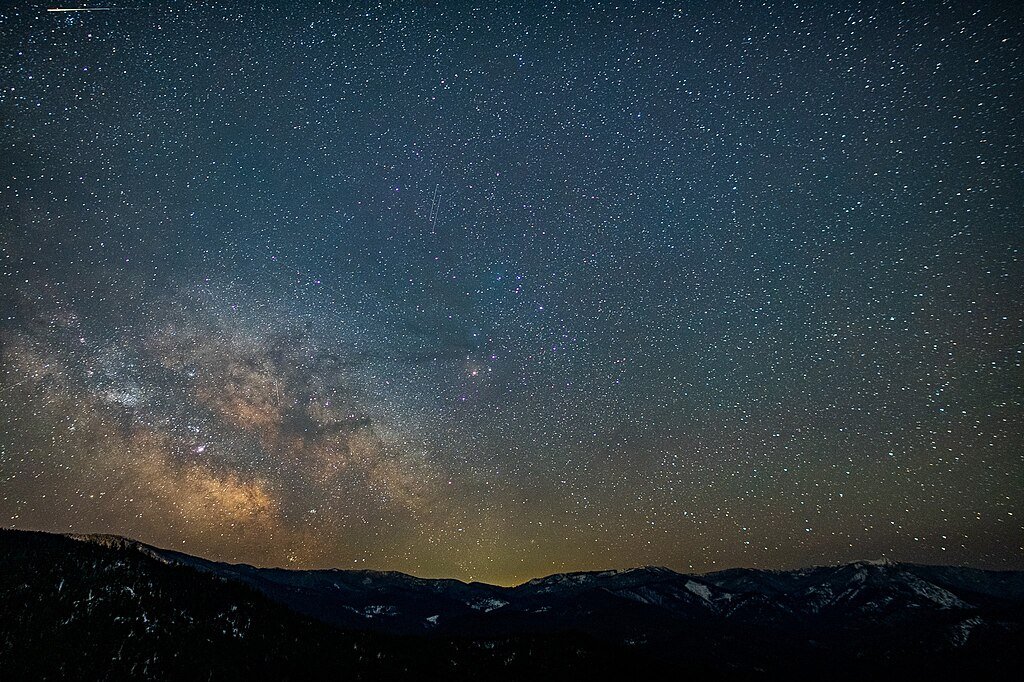June is the prime time to see the Milky Way’s brilliant core as it is presenting its best performance of the year. For stargazers, this is “core season” the window through which the brilliant heart of our galaxy flows across the night sky like a celestial river of stars. But catching this cosmic show calls for timing, location, and some knowledge of background. From dodging light pollution to deciphering the Summer Triangle, here’s everything you need to see one of the most amazing sights in the world.
Why June Is the Best Month to See the Milky Way’s Heart

Though the Milky Way is always visible as a weak band of light, its galactic core packed with billions of stars, nebulae, and the supermassive black hole Sagittarius A only becomes fully visible in June. Now Earth’s position in its orbit points the Northern Hemisphere toward the dense center of the galaxy, close to the constellations Sagittarius and Scorpius.
“June is when the core of the Milky Way rises high enough to escape the horizon haze,” says American Museum of Natural History astrophysicist Dr. Jackie Faherty. “You are basically looking into our galaxy’s crowded metropolitan center.” From a dark site, the core seems as a brilliant, misty ribbon strewn with dark dust lanes, the traces of ancient supernovae and star-forming zones.
The Battle Against Light Pollution: Where to Go for the Best View
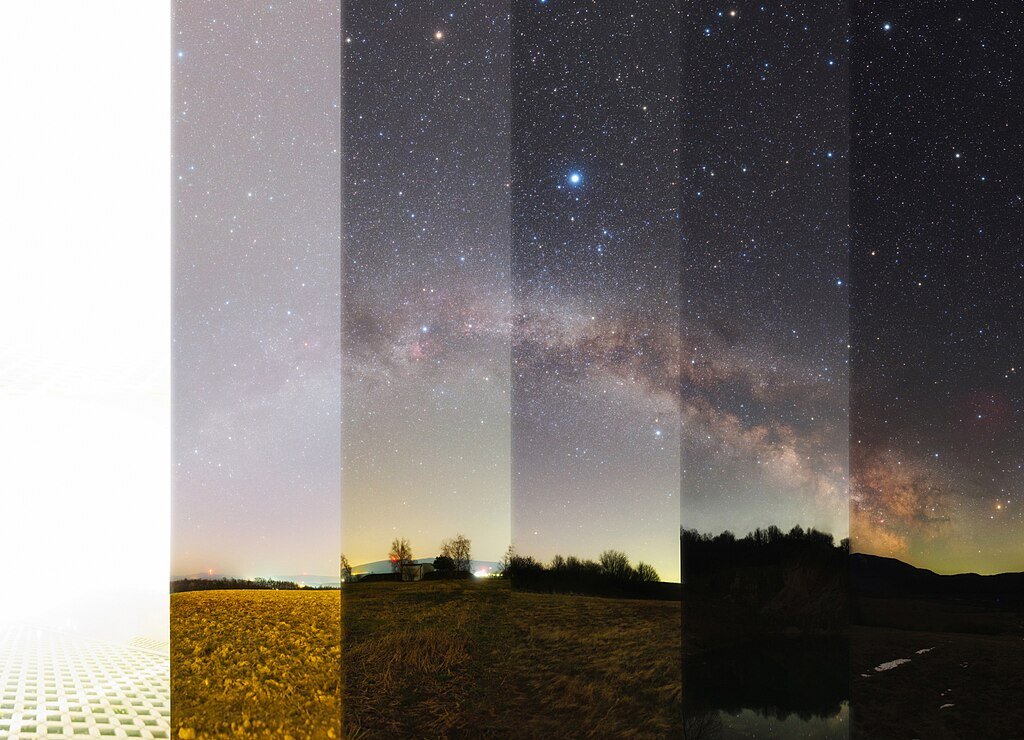
The main foe of the Milky Way is light pollution. According to a 2023 Science article, from their homes, 80% of North Americans and 60% of Europeans cannot see the Milky Way. You will have to leave city lights if you want to really appreciate its grandeur.
Prominent sites include:
- Dark Sky Reserves (e.g., Death Valley, USA; Atacama Desert, Chile; NamibRand, Namibia); national parks.
- Rural areas at least fifty miles ( eighty km) apart from main cities.
- Australia, South Africa, in the Southern Hemisphere, where June’s longer evenings provide extended viewing.
Use tools like Dark Site Finder or Light Pollution Map to search for nearby dark-sky areas.
How to Find the Milky Way Using the Summer Triangle
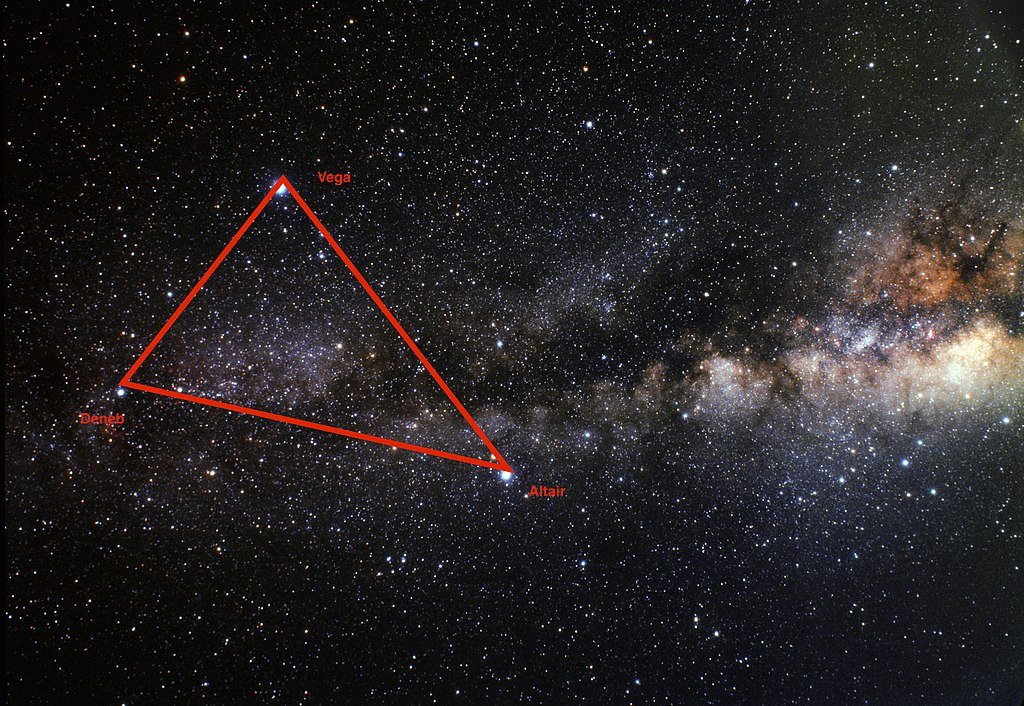
No telescope at all? Not bothered at all, Using the Summer Triangle, a massive asterism created by three brilliant stars Vega, Deneb, and Altair one can readily follow the path of the Milky Way.
- After sunset, the Triangle rises first and Deneb marks the flow of the Milky Way eastward.
- Track the band southward, and your eyes will find Sagittarius, where the core shines most.
- Keep away from moonlight. On June 15 the New Moon presents the darkest heavens.
Fun fact: Massive clouds of interstellar dust block starlight, not empty space, in the dark streaks within the Milky Way.
Why Southern Observers Get a Better Show

If you live below the equator, you have won the Milky Way lottery. With the galactic core almost overhead, June’s winter solstice causes Southern Hemisphere longer, darker evenings.
Astronomer Alan Duffy notes that the core looks nearly vertical in Australia or South Africa, like a cosmic pillar. Viewers in the Northern Hemisphere will see it skimming the southern horizon, where atmospheric interference can reduce its glow.
Photographing the Milky Way: Smartphone Tricks and Pro Tips

With these settings, modern cell phones can record shockingly good Milky Way views:
- Use 15–30-second exposure Night Mode or Manual Mode (ISO 1600–3200).
- Ground your phone on a rock or tripod.
- Working best are digital zoom wide-angle lenses.
For those using DSLRs, stacking multiple exposures and a fast wide-angle lens (f/2.8 or less) will highlight vivid colors and detail.
The Science Behind the Glow: What You’re Actually Seeing
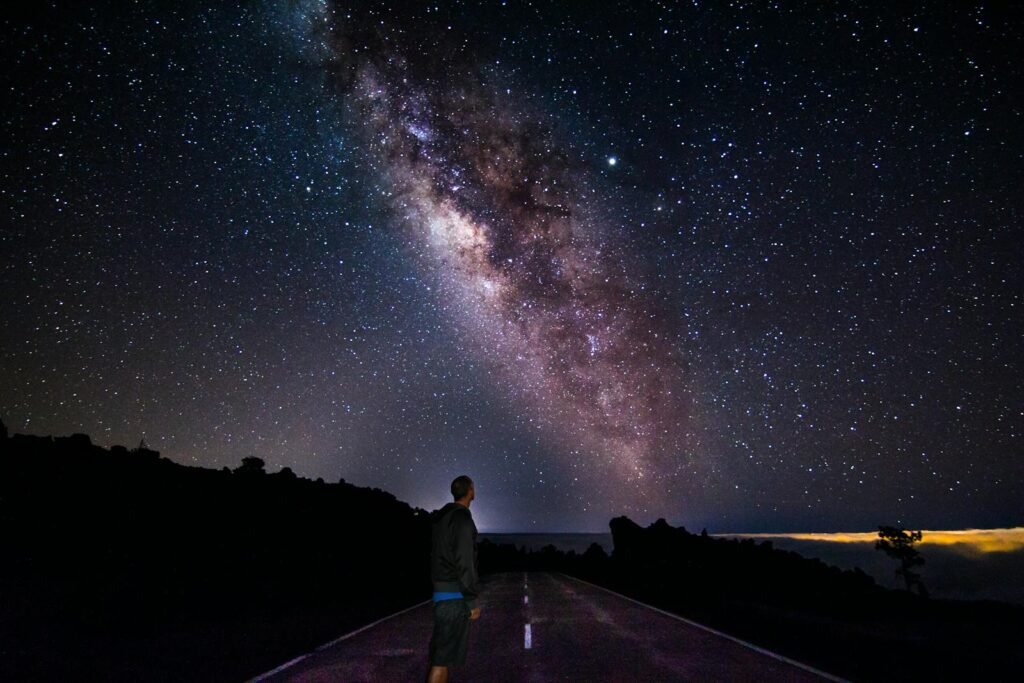
That ethereal glow is a combination of elements, not only stars.
- 400 billion stars, most too faint for individual view.
- Birth of fresh stars in emission nebulae such as the Lagoon Nebula
- Sagittarius, the black hole with 4-million-solar-mass central mass of our galaxy.
“Every photon striking your eye has journey thousands of years to get to you,” says Michelle Thaller of NASA. You are really seeing the past.
Plan Ahead: July and August Offer Even Darker Skies
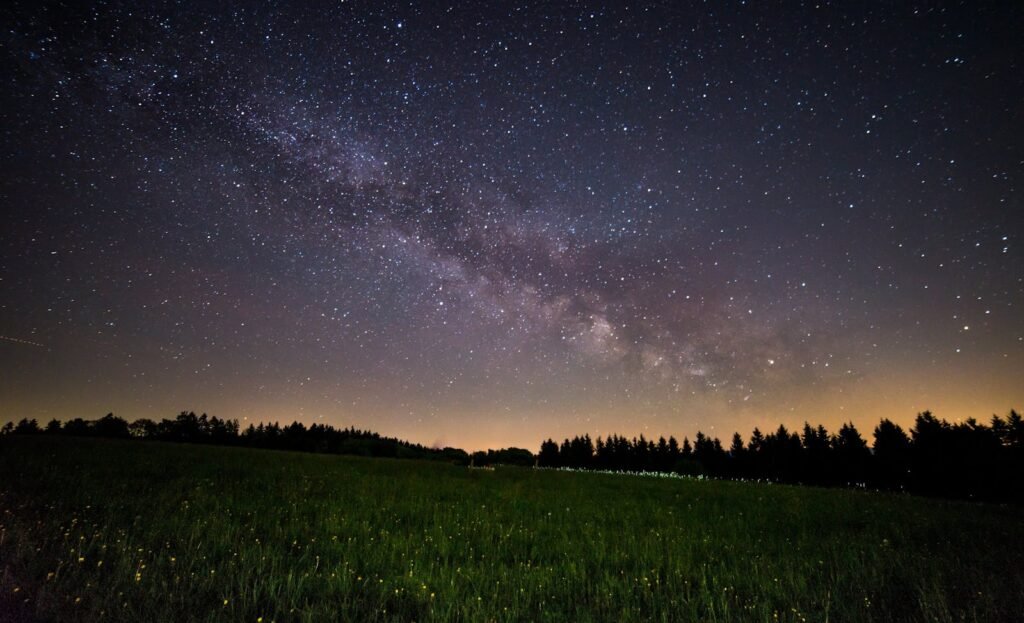
June was missed? Calm yourself not too concerned. The Milky Way rises higher and darker sky return post-solstice as summer goes on. By August, even mid-northern latitudes get amazing views.
Mark your calendar for the Perseid meteor shower (August 12–13), when shooting stars dash across the Milky Way’s backdrop.
Conclusion: A Rare Glimpse Into Our Cosmic Home
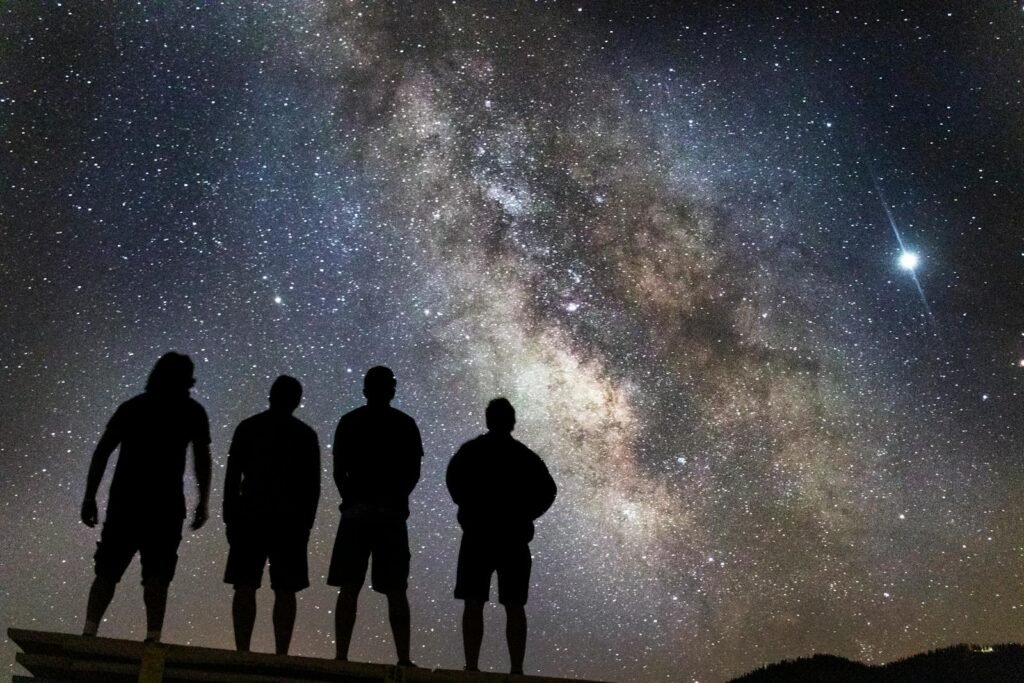
Seeing the Milky Way in all its splendor is a humbling, progressively rare event in a time of satellites and skyglow. June reminds us that we are a part of something far more grand; it provides a front-row view of the brilliant core of our galaxy. So get a blanket, flee the lights, and look up. The universe is here just waiting.
Sources:

Suhail Ahmed is a passionate digital professional and nature enthusiast with over 8 years of experience in content strategy, SEO, web development, and digital operations. Alongside his freelance journey, Suhail actively contributes to nature and wildlife platforms like Discover Wildlife, where he channels his curiosity for the planet into engaging, educational storytelling.
With a strong background in managing digital ecosystems — from ecommerce stores and WordPress websites to social media and automation — Suhail merges technical precision with creative insight. His content reflects a rare balance: SEO-friendly yet deeply human, data-informed yet emotionally resonant.
Driven by a love for discovery and storytelling, Suhail believes in using digital platforms to amplify causes that matter — especially those protecting Earth’s biodiversity and inspiring sustainable living. Whether he’s managing online projects or crafting wildlife content, his goal remains the same: to inform, inspire, and leave a positive digital footprint.

